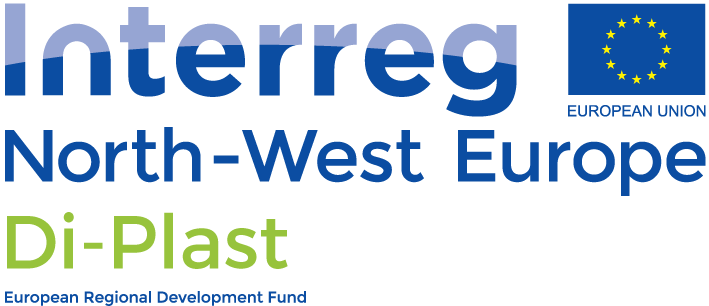This page (revision-56) was last changed on 19-Sep-2022 15:18 by Stefan
This page was created on 12-May-2022 12:00 by Jurgen van den Hoogen
Only authorized users are allowed to rename pages.
Only authorized users are allowed to delete pages.
Page revision history
| Version | Date Modified | Size | Author | Changes ... | Change note |
|---|---|---|---|---|---|
| 56 | 19-Sep-2022 15:18 | 4 KB | Stefan | to previous | |
| 55 | 22-Aug-2022 12:11 | 3 KB | Jonas Umgelter | to previous | to last | |
| 54 | 22-Aug-2022 11:39 | 3 KB | Jonas Umgelter | to previous | to last | |
| 53 | 22-Aug-2022 11:16 | 4 KB | Jonas Umgelter | to previous | to last | |
| 52 | 22-Aug-2022 11:16 | 4 KB | Jonas Umgelter | to previous | to last | |
| 51 | 22-Aug-2022 11:15 | 4 KB | Jonas Umgelter | to previous | to last | |
| 50 | 22-Aug-2022 11:14 | 4 KB | Jonas Umgelter | to previous | to last | |
| 49 | 22-Aug-2022 10:27 | 4 KB | Jonas Umgelter | to previous | to last | |
| 48 | 17-Aug-2022 17:41 | 3 KB | Jonas Umgelter | to previous | to last | |
| 47 | 17-Aug-2022 17:13 | 3 KB | Jonas Umgelter | to previous | to last | |
| 46 | 17-Aug-2022 17:07 | 3 KB | Jonas Umgelter | to previous | to last | |
| 45 | 17-Aug-2022 17:06 | 3 KB | Jonas Umgelter | to previous | to last | |
| 44 | 17-Aug-2022 16:17 | 3 KB | Jonas Umgelter | to previous | to last | |
| 43 | 17-Aug-2022 11:51 | 3 KB | Jonas Umgelter | to previous | to last | |
| 42 | 12-Aug-2022 14:23 | 3 KB | Jana Nicolas | to previous | to last | |
| 41 | 12-Aug-2022 14:23 | 3 KB | Jana Nicolas | to previous | to last |
